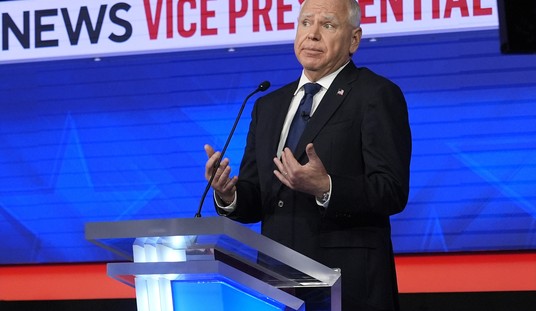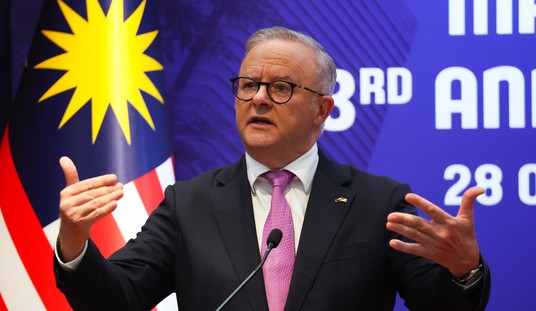There is a lot of chatter about a discharge petition circulating in the House about legislation regarding so-called “dreamers,” children of parents who entered the country illegally. This entire issue arose because of Obama’s DACA Executive Order which the Trump administration rightfully considers unconstitutional. Trump rescinded the Order- kind of- pending a legislative solution. At one time it was believed an agreement had been reached and Trump actually offered a lenient version of a fix provided there were some concessions which the Democrats basically rejected.
Discharge petitions are used to advance legislation out of committee and force a floor vote. After specific rules and timetables are met, it takes 218 House members to sign the petition. The petition currently has 213 signatures, 23 of which are Republicans. The petition would force the Rules Committee to release four bills dealing with this issue. Usually, discharge petitions are initiated by the minority party. It is generally rare for a petition to succeed and the latest one occurred in 2015 regarding the Import-Export Bank.
The discharge petition specifically would bring to a floor vote four competing bills all dealing with DACA. The House would then send to the Senate the bill that received the most votes provided the number of votes represented a majority. Anything less than 218 votes would not be advanced, but if two measures received, for example, 230 votes and 222 votes, the bill receiving 230 votes would advance to the Senate in a process known as “Queen of the Hill.”
While there are charges of disunity or a GOP revolt against House leadership, and while there is much debate over the merits of any of the measures, one thing is abundantly clear: this is actually a more Constitutionally-sound solution to the DACA question than Executive Orders and legal wrangling in the courts. We need to start with the fact that immigration laws are among the enumerated powers of Congress. For any conservative to argue otherwise would be showing ignorance of the Constitution. And although we may not like the final version of anything passed and although those objections may be perfectly valid, from a process perspective this is the Constitutionally conservative thing to do- resolve the issue through legislation in an area where you have enumerated powers.
This writer is not quibbling about the specifics of any of the four proposals. Instead, this is more about the process and that is what seems to perturb Speaker Paul Ryan. Generally, the majority leadership likes to control the floor votes and agenda and the fact that 23 Republicans are bucking that control and, in Ryan’s words, “disunify our majority” is the main objection at this point. Ryan’s objections are also based upon practical realities. Generally, since House majority action on a discharge petition has no impact on the Senate, they are under no obligation to even consider the advanced bill.
Further, advancing legislation in this manner may rile the Senate Majority leadership by forcing upon them action (or inaction) on a bill that did not go through the normal legislative (meaning committee hearing and mark-up) process in the House. Put another way, they may see the entire effort as a rebuke of House leadership and party disunity. Thus, as a practical matter whatever bill advances (if any), there is no guarantee the Senate will either take up the legislation, or if they do pass anything it will resemble anything the House passed or will get the required 60 votes to invoke cloture and force a floor vote, and if they do whether Trump would sign that legislation. In the end, the entire episode may be one for show only with the House saying they at least tried something.
Of the 23 Republicans who have signed the petition, eight of them come from endangered districts so their signatures may just be pure politics. Another five are retiring members of Congress and his may be their final poke in the eye of Speaker Ryan on their way out the door. Three come from borderline districts and two of those districts have large Hispanic populations, so it may be political pandering. The remaining- seven- come from districts where the Representatives stand a great chance of retaining their seats so their motivation for signing the petition may be a poke in the eye, or it may be a stand on principle.
In the end, each Representative has to make that decision on whether or not to sign the petition. Unfortunately, political considerations and not the merits of any proposal seems to be driving those decisions. But in the end, no matter what emerges should they reach the 218 signature threshold in the proscribed time, it is an improvement upon the status quo and fulfilling Congress’ rightful role in writing immigration legislation. We may not like the final product and it may very well involve that curse word for many conservatives- “amnesty-” but at least the process would be correct. And that is more conservative than what we have now.













Join the conversation as a VIP Member